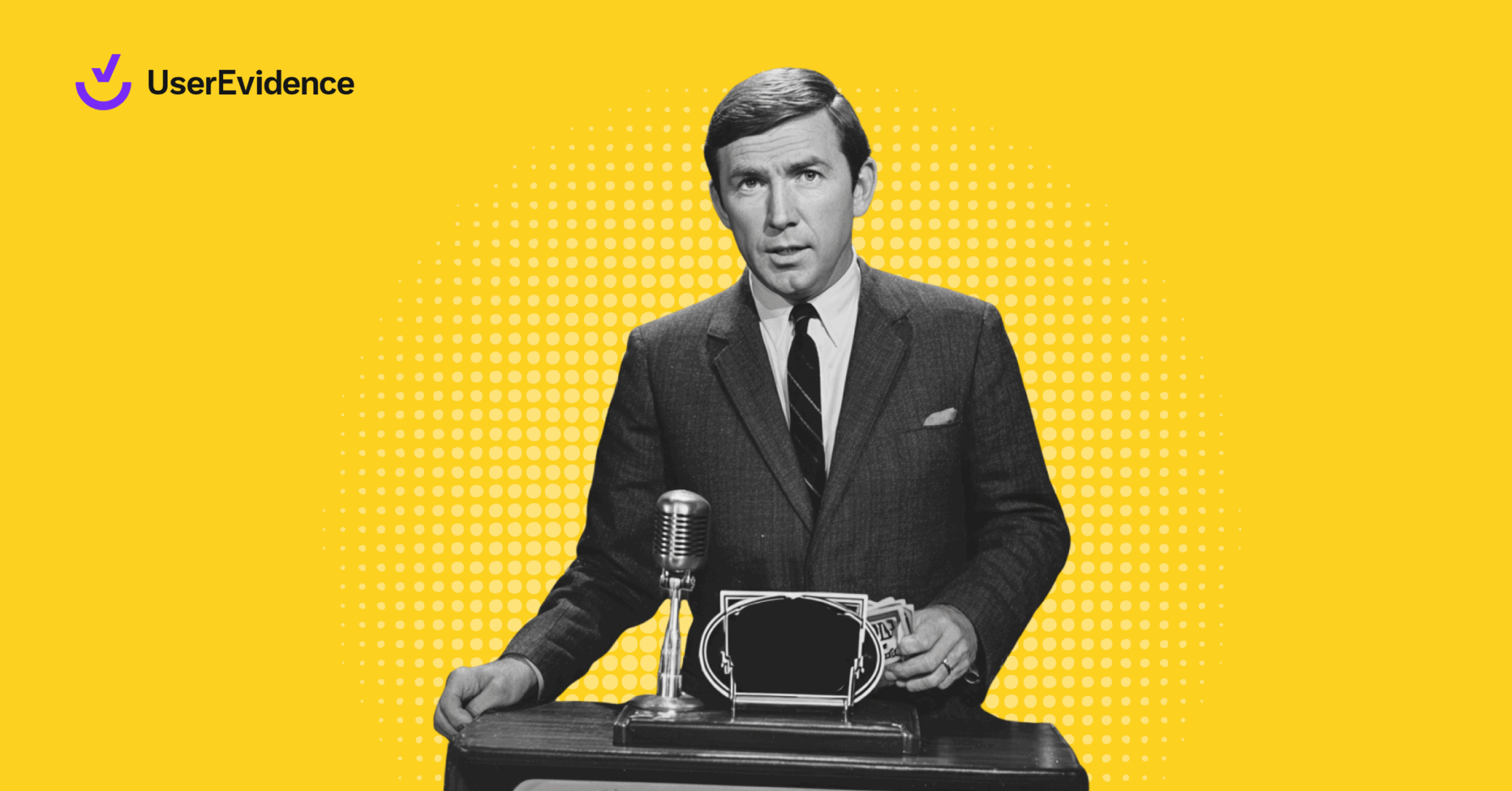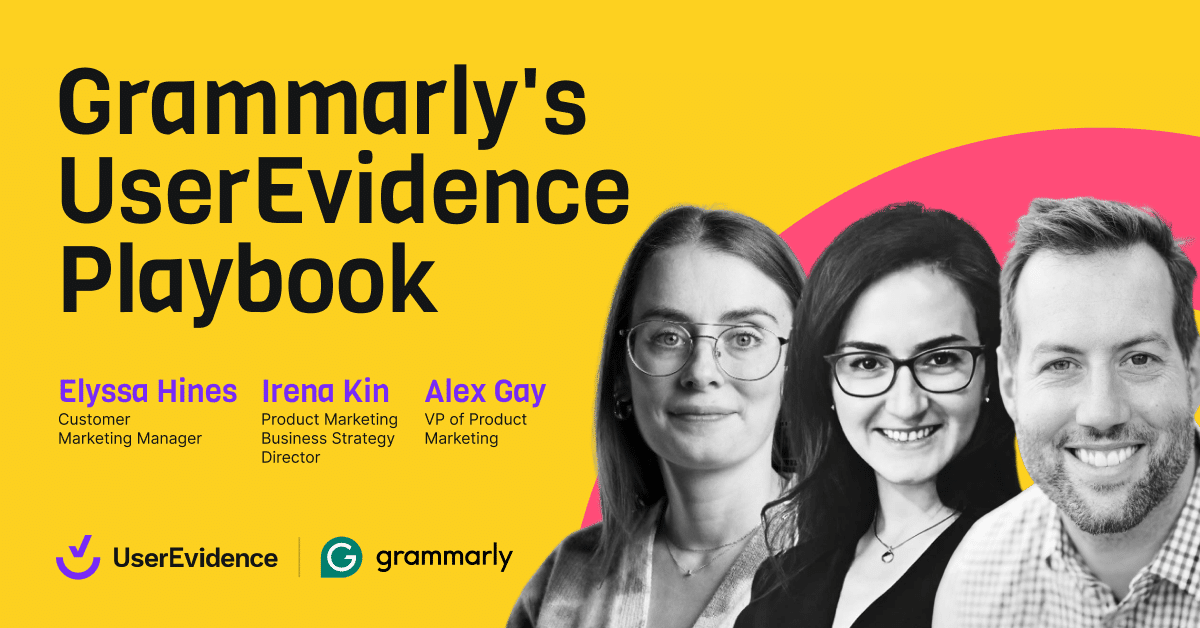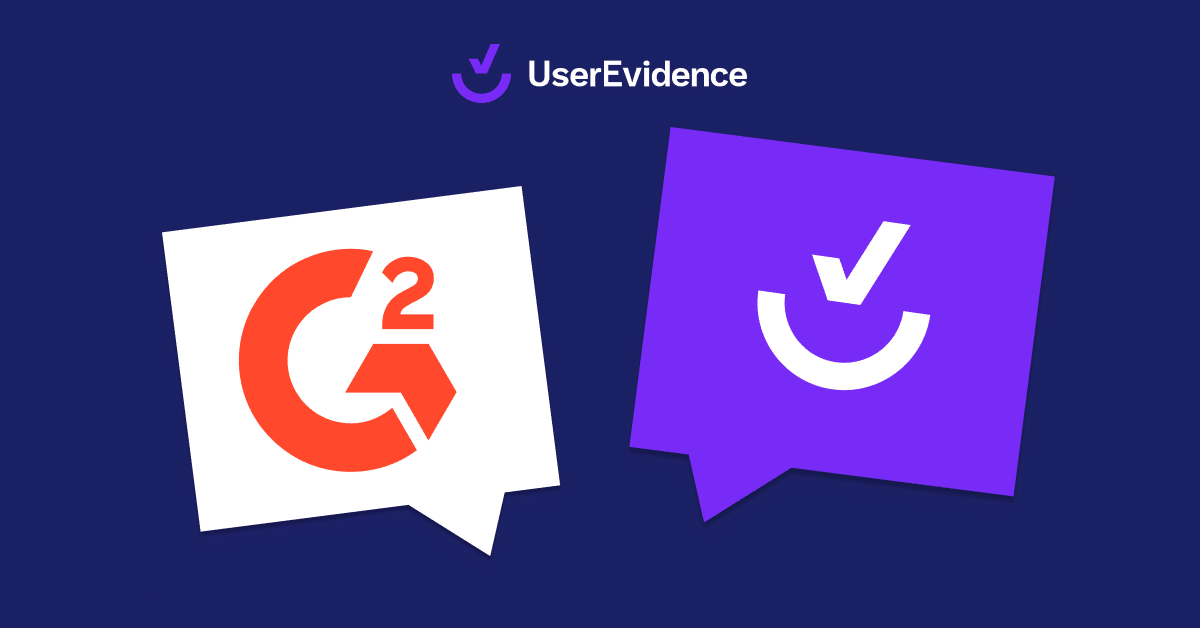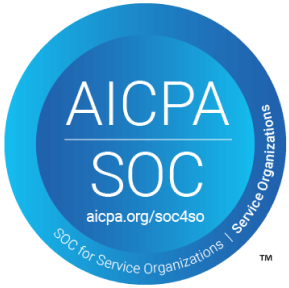You already know that customer proof is essential—case studies, testimonials, and customer-fed data points help move deals forward. According to our research for The Evidence Gap, two-thirds of sellers (67%) said a deal of theirs has suffered or been slowed down because they couldn’t produce relevant, specific customer evidence in a timely manner. So, we know what’s at stake here.
But organizing, finding, and using that evidence effectively? That’s where teams get stuck.
Many companies, understandably, try to build their own system. I recently came across a LinkedIn post outlining a team’s DIY approach:
- Manually collecting customer quotes, case studies, survey data, and reviews
- Tagging them by product, use case, and industry
- Organizing everything in Airtable to make it searchable
- Layering in ChatGPT to help surface relevant proof points
On the surface, this seems like a great way to centralize customer evidence without investing in software. But here’s the reality: the sooner you invest in a tool that was made for scaling customer evidence, the sooner you’re freeing up your capacity to make bigger impact in your role.
Here’s what I mean:
How many times has the joke been made that your job was “case study machine”? Or how many times have you found yourself on the hamster wheel of taking request after request from sales for specific customer stories that would help them in their specific deal?
The Hidden Cost of Building (and Maintaining) Your Own Evidence Library
What I could do here is add up the potential hours you’re spending building out and maintaining a manual customer evidence library. Then I could hypothesize your salary and hit you with the “If a customer marketer making $100K per year spends 15-20% of their time maintaining a DIY system, that’s $15K-$20K annually” guesstimate.
But that’s not really the hidden cost here.
The hidden cost, for a customer marketer like you, is the cost of your impact.
If I’m talking to who I think I’m talking to, you’re someone who cares about your growth. You care about your role’s impact. You care about your company’s success. Which means you want the work you do to have impact beyond just checkbox case studies. I mean, let’s be honest. If you’re willing to spend the time and effort building out a manual customer evidence library, I already know you’re looking to do more, better.
So, while I totally see where the “we can build it ourselves” mentality comes from…my question becomes: can you afford the time?
If your goal is to create impact from your seat, then your top priority has to be focusing on your company’s high-level outcomes.
Ask yourself 2 questions:
- What does your CEO want to achieve this year?
- How is my work directly impacting those goals?
Building and maintaining a customer evidence library from scratch? Not moving the needle.
Investing in a built-for-this tool that will do the manual stuff for you so you can focus on immediately gathering the right customer evidence that WILL move the needle? That’s how you’re earning a seat at the table.
And I wouldn’t say that if I didn’t know it was the case. Our customers have told us this impact, verbatim.
How UserEvidence Enables Quicker Company-wide Impact
Instead of spending time building and maintaining a fragile, manual system, teams using UserEvidence get a fully automated solution that gets them to bigger impact, quicker. Here’s how:
You’re using less resources and turning around verified assets quicker
Right now, if you’re anything like I’ve been in the past, you’re probably following a process similar to this:
- Spend 3 months creating and sending out a customer survey
- Spend 1 month begging customers to actually take the survey
- Spend another month drowning in a ton of survey data that’s hard to make sense of
- Get overwhelmed and forget about the survey data
- Remember about the survey data when someone from sales asks for an ROI stat
- Find a data analyst to calculate the actual stat manually, or fight your way through Excel to pull it yourself
- Rush it over to your design team to make it pretty enough to end up in a sales deck
- …Just to have the prospect question the validity of the stat in an email after the pitch.
With UserEvidence, here’s what that same scenario looks like:
- Spend 14 days putting together a survey alongside your UserEvidence CSM using industry best practices
- See survey results populate in your UserEvidence library in real time, and immediately see a great ROI stat that you want to turn into a slide for sales
- Export the stat using your branded graphic, with the “UE Verified” stamp appearing on the graphic
Saving money on design. Saving headaches with built-in third-party verification. Saving you from lots of the common faux pas that come with manual surveying.
Your customer evidence actually moves the revenue needle (and you can prove it)
This one’s worth repeating: 67% of sellers say a deal has suffered because they lacked relevant, specific customer evidence.
If you can fix that problem for your sales team…hello, impact.
Instead of cranking out case study after case study that you’re unsure whether or not they’re actually being used by sales, you’re giving your sales access to a dynamic, ready-to-search library chock full of customer evidence that will help them build trust faster.
And in doing research for The Evidence Gap report–our first foray into original research–I was reminded of the of the breadth–and depth–of customer evidence that’s actually needed for our sales teams.
- 51% of buyers said statistical evidence (ROI stats/data) is the most trustworthy form of customer evidence.
- 67% of buyers said the most important factor when evaluating new software is a compelling and statistically significant business case around potential ROI.
- 61% of buyers said proof of vendor success for similar customers (same industry, company size, or use case) is crucial.
UserEvidence is built with this breadth, depth, and urgency in mind. We’ve got integrations with all of the tools your sales team already relies on in moments of need (think: Slack, Seismic, HighSpot) so that your sales team can easily surface relevant ROI stats and customer quotes quickly and easily. No sorting through a G Sheet (that someone else probably accidentally deleted half of while you weren’t looking.) Just the right evidence your sales team needs, ready to share.
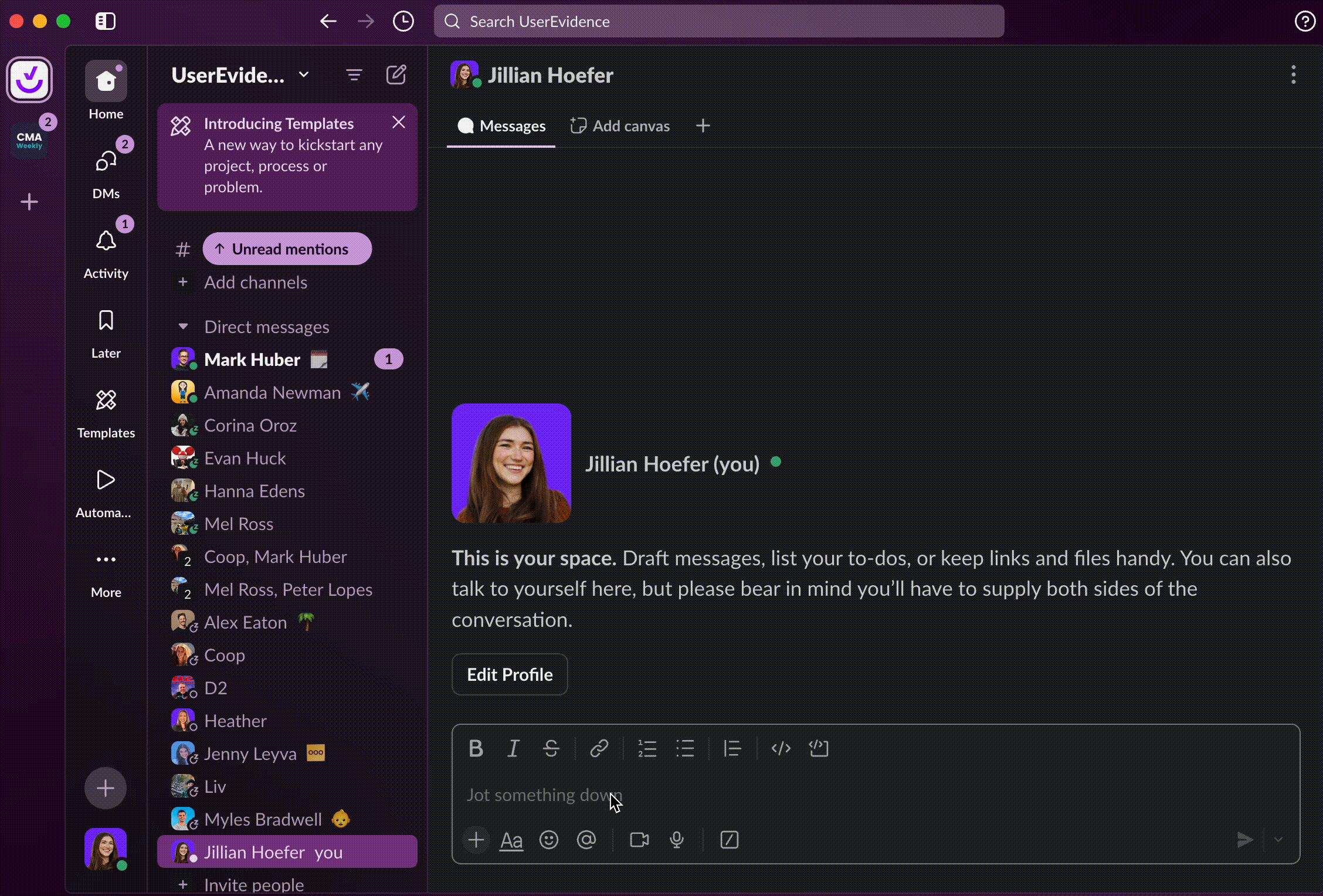
You become the keeper of the evidence (and make big impact beyond just your team)
UserEvidence enables you to constantly collect new customer evidence via surveys, call transcripts, and third-party review sites. And when you’re constantly keeping an eye on your growing customer evidence library, you become the keeper of some of the most valuable data your company has: customer data. And guess who cares a lot about that data?
Your boss (and their boss): When you bubble up shifts in NPS or trends in recommendations from your customers to your leadership, you’re not just an order-taker anymore. You’re the go-to person for the overall pulse on your customers.
Product: When you notice that your customers are more frequently requesting a specific feature or integration and you share that with your product team, you become a pivotal part of their roadmapping process–and someone they’ll come to for further insights.
Marketing: When you see those big ROI stats come through or a killer customer quote, you’re the first one to escalate that to the rest of the marketing team so they can make it their new golden child for landing pages, pitch decks, and ad campaigns.
Sales: When you equip your sales team with a ready-to-use library of curated stats, testimonials, quotes, and customer stories that they can pull in their high-stakes moment of need…you’re actually going to love working together (instead of rolling your eyes every time you get that URGENT Slack from them).
Customer Success: When you provide your CS team with a steady stream of customer evidence, you’re arming them with powerful tools to cross-sell and up-sell into their existing book of business. They can leverage those same testimonials, ROI stats, and success stories to boost Net Retention Revenue (NRR) and prove their impact. As a side benefit, you’re keeping them in the loop on valuable feedback from their own customers—insights they can use to better serve accounts and deepen relationships. When CS has evidence at their fingertips, they transform from account managers to strategic advisors who can confidently demonstrate value and expand opportunities.
You’re automating surveys–and surfacing more valuable customer evidence
With our native surveying tool and the ability to schedule out surveys, you’re capturing so much more customer evidence that you can arm your sales team with to keep deals moving. You become a proactive hero, instead of a reactive drone who can never get ahead of the constant requests for “this exact type of customer quote”.
This, frankly, is where most UserEvidence users see the most impact, the quickest.
You’re proactively identifying more champions and advocates
The deal is in the final stages, and the prospect wants to hear directly from a happy customer before signing. Sounds simple, right? Except sales always goes back to the same handful of reference customers—because they’re the only ones they know. And now, after being tapped for yet another call, your go-to advocate is politely (or not so politely) saying, “I can’t keep doing this.” Meanwhile, the deal is hanging in the balance, and sales is scrambling to find a new customer willing to take the call.
With UserEvidence, you can quickly identify relevant advocates in a pinch like this. Or, better yet, you can get a feel for who may be primed for the ask based on your recent survey results. Each UserEvidence survey is pre-loaded with the 2 following questions (that have turned out to be absolute money questions, by the way):
With that lucky number 13 question, you’re able to quickly ID which customers are happy enough to serve as an advocate in tons of different capacities.
Rethinking the “Crawl-Walk-Run” Mentality
Some teams believe they need to “crawl” first by trying a DIY approach before investing in a dedicated solution. But here’s why that logic is flawed:
- Everyone is already “crawling”—customer proof is scattered across emails, slides, and docs.
- UserEvidence isn’t the “run” stage—it’s actually the “walk” stage. It gives you a structured foundation to build on, so you can focus on high-impact customer advocacy strategies.
- The real “run” stage happens when your team isn’t spending all their time managing evidence, but actually using it to win deals.
So the real question isn’t “Why buy UserEvidence?”—it’s “How much time and money are we wasting trying to build this ourselves?”
If you’re still with me, you probably want to see the good stuff in action. Mosey on over to our Demo Ranch to see the power of the platform in action before you book some time with our team. Or, check out our microsite that’s filled with more recent customer testimonials on why they’re glad they chose UserEvidence over building manually.

